June 4, 2013
Facebook shares details of New York office design by Frank Gehry
Facebook has announced details of its new headquarters in New York. The social media giant has signed a ten year lease on a 100,00 sq. ft. space over two floors of a building on Broadway. The office design will be carried out by no less a figure than Frank Gehry who is already masterminding the development of the company’s global HQ in California. From next year, the new building will be home to Facebook’s regional engineering, design, sales and marketing functions who will move from the current office on Madison Avenue to the new site which is reportedly on the fringes of Manhattan’s ‘Silicon Alley’. The new building dates from 1906 when it was designed as a department store. It is already home to AOL and the Huffington Post.





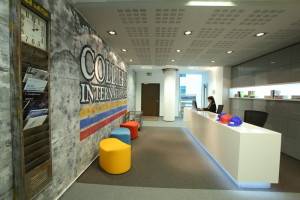
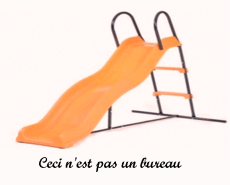
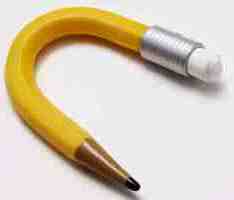


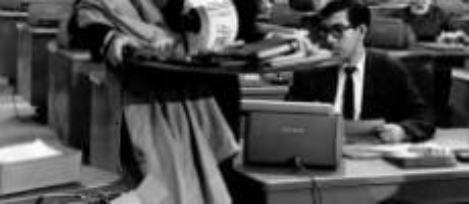
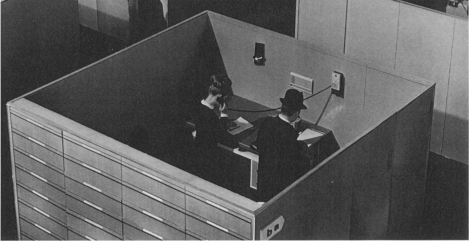












July 19, 2013
Dual source lighting schemes illuminate the way ahead for office design
by Shane Cohen • Comment, Facilities management, Lighting, Workplace design
More →